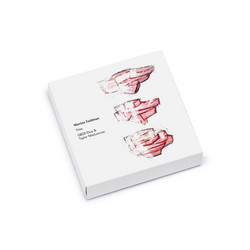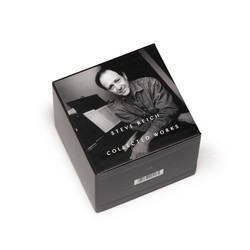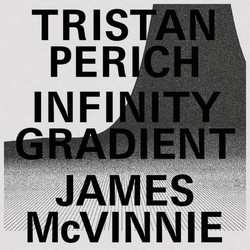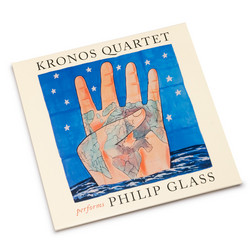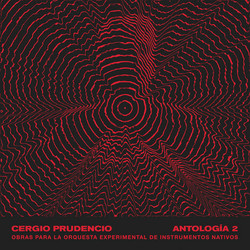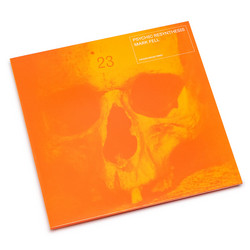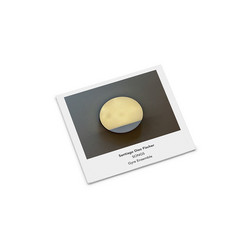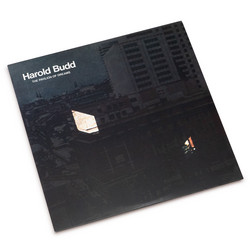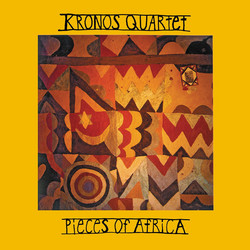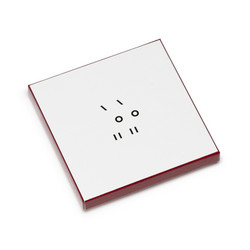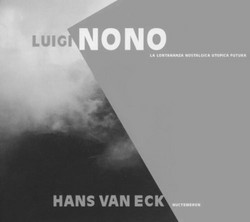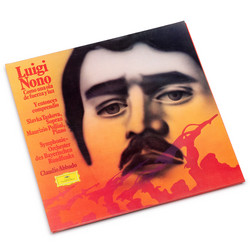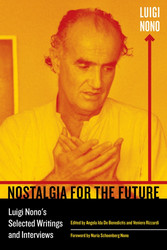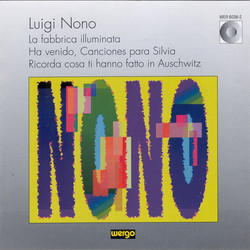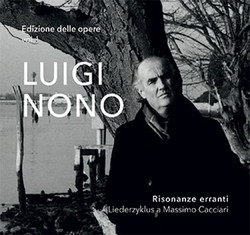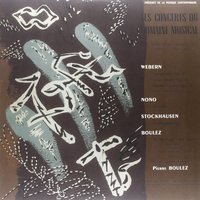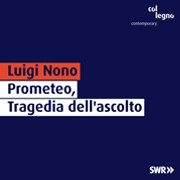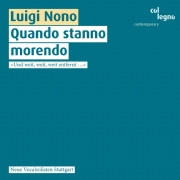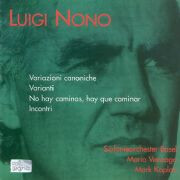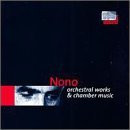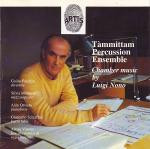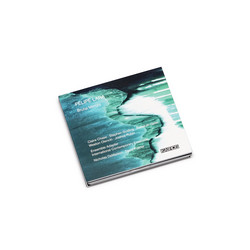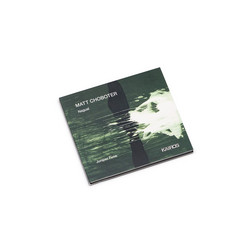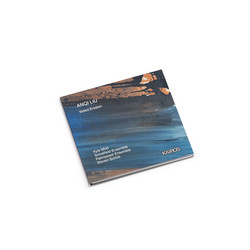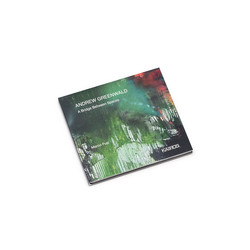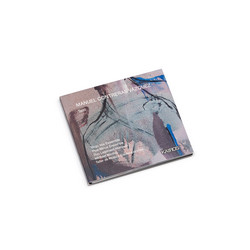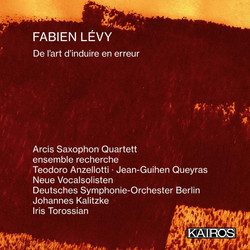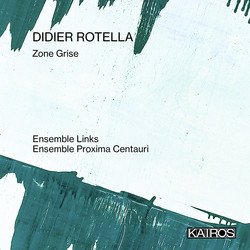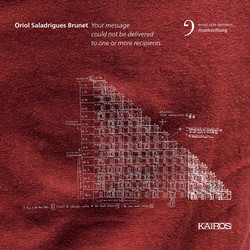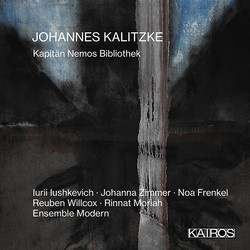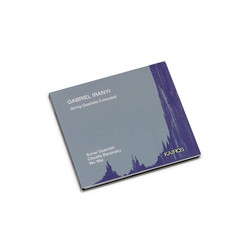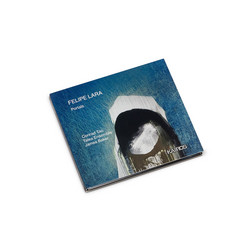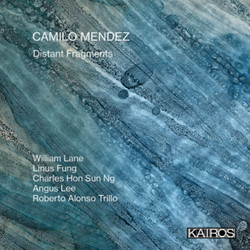Luigi Nono, Paulo de Assis
Como una ola de fuerza y luz - Unfolding Waves
Between April and June 1971, after the democratic election of Salvador Allende’s government, Luigi Nono visited Chile for three months, meeting several artists, composers and politicians, among whom was Luciano Cruz Aguayo, one of the leaders of the Movement of the Revolutionary Left (MIR, Movimiento de Izquierda Revolucionaria). Back in Italy, Nono started working on his next musical composition, which was meant to be a piece for piano and orchestra, for Maurizio Pollini and Claudio Abbado. In August 1971, Nono and Pollini started making studio recordingsfor the new piece at the Studio di Fonologia della RAI in Milano, exploring diverse piano sonorities and their possibilities for electronic treatment in view of the realization of a tape. Shortly after that, the news of the accidental death of Luciano Cruz Aguayo arrived, leading to a fundamental change of Nono’s compositional plans. Luciano’s “presence in the absence” became the motto of the new composition, and a memorial poem by Julio Huasi provided a text to be sung, the title of the composition, and an explicit dramaturgical program. Thus, Como una ola de fuerza y luz became a kind of secular requiem, musically presenting the arrival of the news of Luciano’s death (Prelude), a sustained lament of Luciano in three parts (Invocation, Lamentation, Remembrance), a depiction of Luciano’s struggle with the state apparatus (Struggle), an appeal to activism (“The Long March”), and a concluding Coda (Collective explosion). The particular way in which this program is set to music implies a certain degree of “personification” of the instruments: the piano can be associated with the figure of Luciano; the soprano with a female figure that appears in diverse roles – as the mother, the lover, and the political companion of the hero; the orchestra (in the sketches sometimes labeled as “spiriti infernali”) appears as the monster of the state apparatus; and the tape as a commentator, enhancing the character and atmosphere of every single passage. This program divides the piece in two main parts, with two sections each. The first part symbolically portrays the events of Luciano’s struggling life, his death, and the sorrow for his departure, while the second part addresses our response to those events, our capacity to react, to mobilize forces and energies in order to transform Luciano’s death into a trigger for future action.
